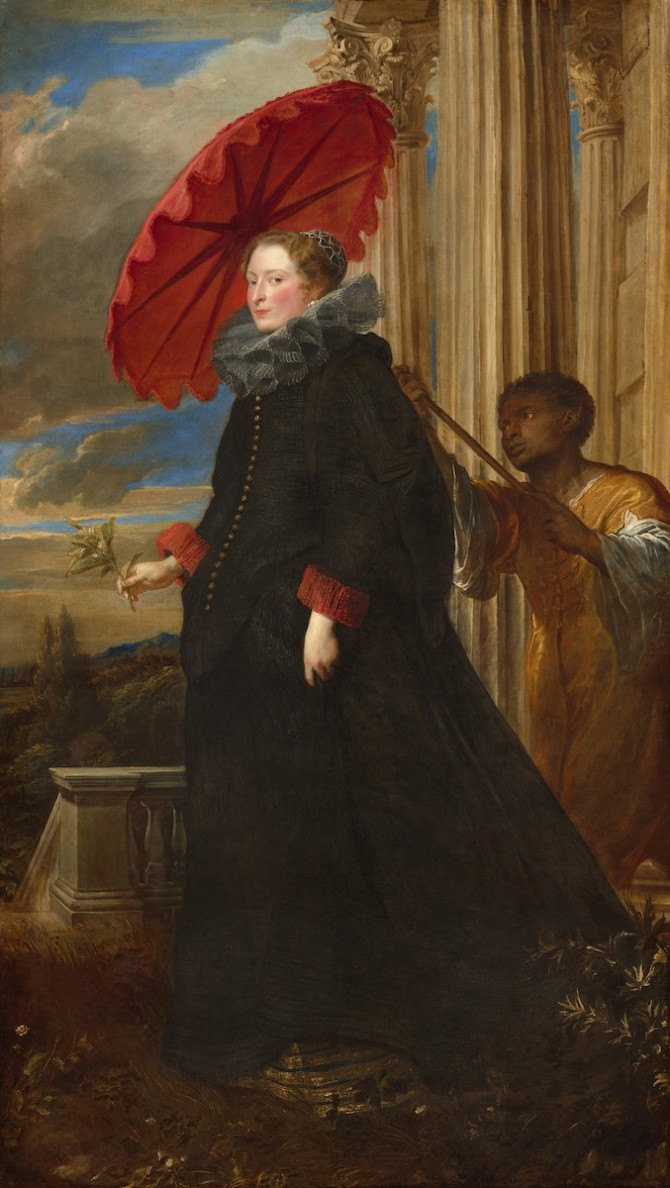For years, art historian Ana Howie had been intrigued by Anthony van Dyck's striking 1632 portrait of Italian noblewoman Elena Grimaldi Cattaneo - and was not satisfied with scholarly understandings of the work.
'Portrait of Elena Grimaldi Cattaneo' by Anthony van Dyck. Widner Collection/National Gallery of Art
"It is an incredibly powerful painting to see in real life as it is over life-size, and I felt there was so much more to say about its composition, messaging and links to the histories of Genoa and the Atlantic World," Howie said. "Moreover, the portrait perfectly encapsulates the threads that my research weaves together."
Howie, assistant professor of Renaissance, Baroque and early modern art in the Department of History of Art and Visual Studies, used her expertise in cultures of dressing, European imperialism and artistic networks to uncover a story tying Genoa's elite families to globalized material trade - and Atlantic and Mediterranean slavery.
"Materializing the Global: Textiles, Color, and Race in a Genoese Portrait by Anthony van Dyck" published in Renaissance Quarterly July 25.
"Works like 'The Portrait of Elena Grimaldi Cattaneo' and the goods they portray cannot be divorced from the human implications of early modern material culture," Howie said.







